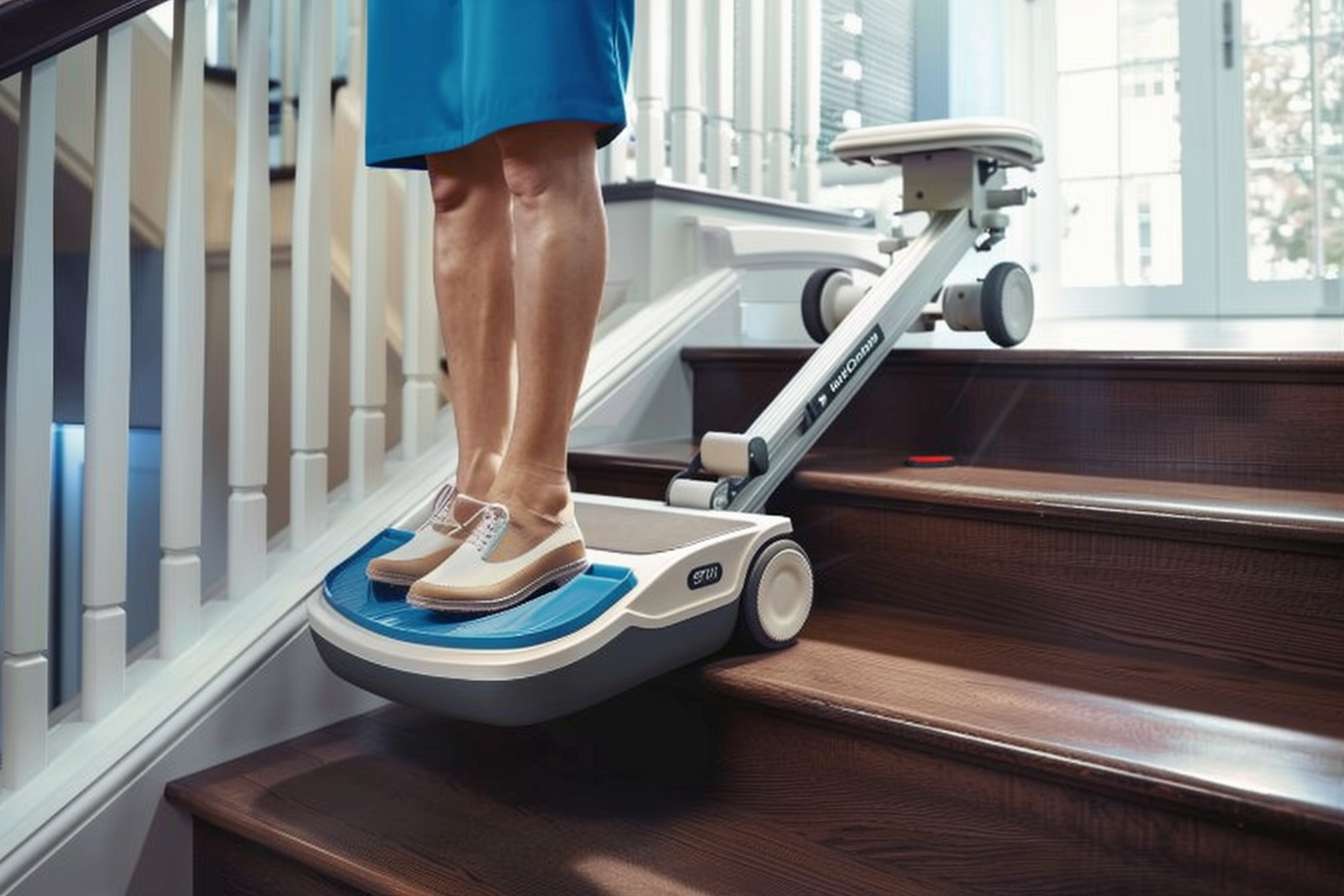Quick Installation Options for Modern Home Mobility Solutions
Home mobility solutions have evolved significantly, offering residents convenient ways to navigate multi-level homes safely. Modern systems prioritize user-friendly installation processes, allowing homeowners to enhance accessibility without extensive renovations or lengthy construction periods.

Quick Installation Options for Modern Home Mobility Solutions
Navigating stairs becomes increasingly challenging for many individuals due to age, injury, or mobility limitations. Modern home accessibility solutions address these concerns through innovative designs that prioritize both functionality and ease of installation. These systems transform how people move between floors in their homes, providing independence and safety without requiring major structural modifications.
How Quick Home Installation Systems Work
A stair lift designed for quick home installation operates on a simple yet effective mechanism. The system consists of a motorized chair or platform that travels along a rail mounted to the staircase. Most modern units feature battery-powered operation, ensuring functionality even during power outages. The installation process typically involves securing the rail system to the stairs themselves rather than the wall, minimizing structural impact on the home.
The track system adapts to various staircase configurations, including straight, curved, and spiral designs. Safety features include seat belts, armrest controls, and automatic stopping mechanisms that activate when obstacles are detected. Remote controls allow family members to call or send the unit to different floors when needed.
Understanding Portable Installation Benefits
A portable stair lift – installation takes only a few hours represents a significant advancement in accessibility technology. Unlike traditional systems requiring extensive preparation and construction work, these solutions can be installed and operational within a single day. The portable nature means the system can be relocated or removed without permanent damage to the home’s structure.
Portable systems typically weigh between 35-75 pounds and can support users up to 300-400 pounds depending on the model. The quick installation process involves measuring the staircase, positioning the rail system, and conducting safety tests. Professional installers can complete most installations in 2-4 hours, though complex staircases may require additional time.
Features of Easy-to-Install Household Systems
An easy-to-install stair lift for household use incorporates several design elements that streamline the setup process. Modular components allow for customization without requiring specialized tools or extensive technical knowledge. Many systems feature fold-away seats and footrests that minimize space usage when not in operation.
Key household features include whisper-quiet operation, smooth start-and-stop functionality, and intuitive controls suitable for users of all ages. Weather-resistant options are available for outdoor staircases, while indoor models focus on aesthetic integration with existing home décor. Battery backup systems ensure reliable operation, and diagnostic features alert users to maintenance needs.
| System Type | Provider | Installation Time | Cost Estimation |
|---|---|---|---|
| Straight Rail System | Acorn Stairlifts | 2-3 hours | $3,000-$5,000 |
| Curved Rail System | Stannah | 4-6 hours | $8,000-$15,000 |
| Portable Platform | HME Mobility | 1-2 hours | $2,500-$4,000 |
| Outdoor Weather-Resistant | Bruno Independent Living | 3-4 hours | $4,000-$7,000 |
Prices, rates, or cost estimates mentioned in this article are based on the latest available information but may change over time. Independent research is advised before making financial decisions.
Safety Considerations and Maintenance Requirements
Safety remains the primary concern when selecting and installing home mobility systems. Regular maintenance ensures optimal performance and extends system lifespan. Monthly inspections should include checking battery levels, testing safety sensors, and verifying smooth rail operation. Professional annual servicing addresses mechanical components and software updates.
Emergency features include manual operation capabilities, emergency stop buttons, and communication systems that connect to monitoring services. Weight capacity limits must be strictly observed, and users should receive proper training on safe operation procedures. Installation should always be performed by certified professionals to ensure compliance with local building codes and safety standards.
Choosing the Right System for Your Home
Selecting appropriate mobility solutions depends on several factors including staircase configuration, user needs, and budget considerations. Straight staircases offer the most installation options and typically cost less than curved alternatives. The frequency of use influences battery requirements and motor specifications.
Consultation with mobility specialists helps determine the most suitable system configuration. Many providers offer trial periods or rental options, allowing users to evaluate different systems before making permanent installations. Warranty coverage varies by manufacturer but typically includes parts and labor for 1-3 years after installation.
Home mobility solutions continue advancing through technological improvements and user-centered design approaches. Quick installation capabilities make these systems accessible to more households, while safety features and reliability ensure long-term satisfaction. Professional consultation and proper installation remain essential for optimal performance and user safety.




